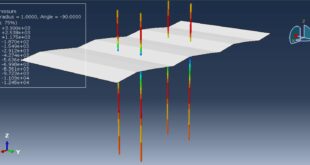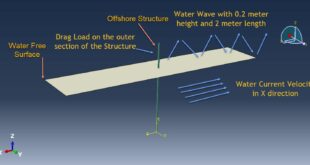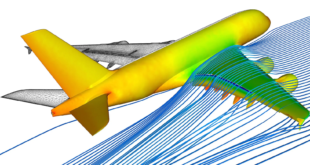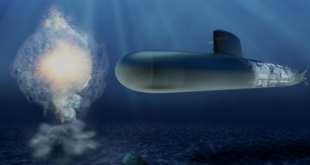In this tutorial, the Simulation CEL explosion over the composite panel(Concrete-Steel bar-Steel sheet) in Abaqus has been done. The concrete is modeled as three dimensional solid part. The TNT and steel sheet are modeled as a three-dimensional solid part. The steel bars are modeled as three-dimensional wire part. The Eulerian domain is modeled as a three-dimensional Eulerian part. You can see figures for the assembled part below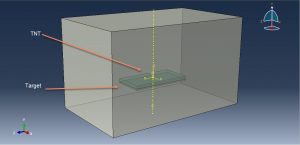
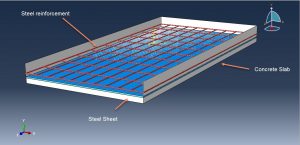
The JWL material model is used to model the TNT behavior. The Jones-Wilkens-Lee (or JWL) equation of state models the pressure generated by the release of chemical energy in an explosive. This model is implemented in a form referred to as a programmed burn, which means that the reaction and initiation of the explosive are not determined by shock in the material. Instead, the initiation time is determined by a geometric construction using the detonation wave speed and the distance of the material point from the detonation points. To model steel behavior elastic-plastic material with ductile and shear damage criterion is used. Two main mechanisms can cause the fracture of a ductile metal: ductile fracture due to the nucleation, growth, and coalescence of voids; and shear fracture due to shear band localization. Based on phenomenological observations, these two mechanisms call for different forms of the criteria for the onset of damage. The ductile criterion is a phenomenological model for predicting the onset of damage due to nucleation, growth, and coalescence of voids. The shear criterion is a phenomenological model for predicting the onset of damage due to shear band localization. To model concrete material, Abaqus has many material formulations which can be used for the brittle behavior. They can be uses in Abaqus CAE or input file or subroutine. The dynamic explicit procedure is appropriate for this type of analysis. The general contact algorithm with contact property is considered for all parts in the contact domain. The volume fraction method is used to calculate the amount of the TNT inside the Eulerian domain. The mesh should be fine to achieve a good result
After the simulation all results such as stress, strain, damage, failure, and … are achievable. You can see some figures for the results below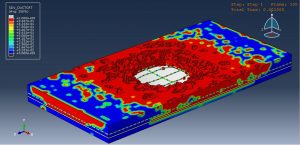
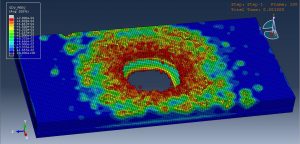
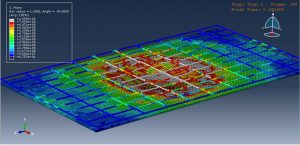
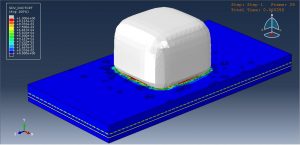
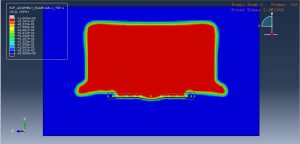
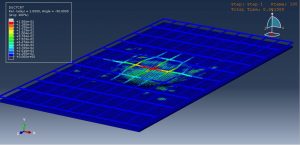
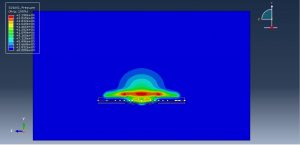
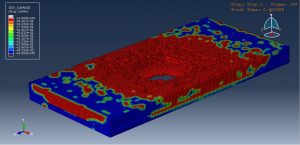
You can provide CAE ,INP,and English video files of this simulation here. The cost of these files is Twenty-Nine Euros. you can click on the bellow bottom to beginning process
You can purchase the tutorial through a PayPal account, a Visa, or a Master card, just before payment,send me an email to this address: karampourp@gmail.com
 Abaqus tutorials Abaqus tutorials
Abaqus tutorials Abaqus tutorials
